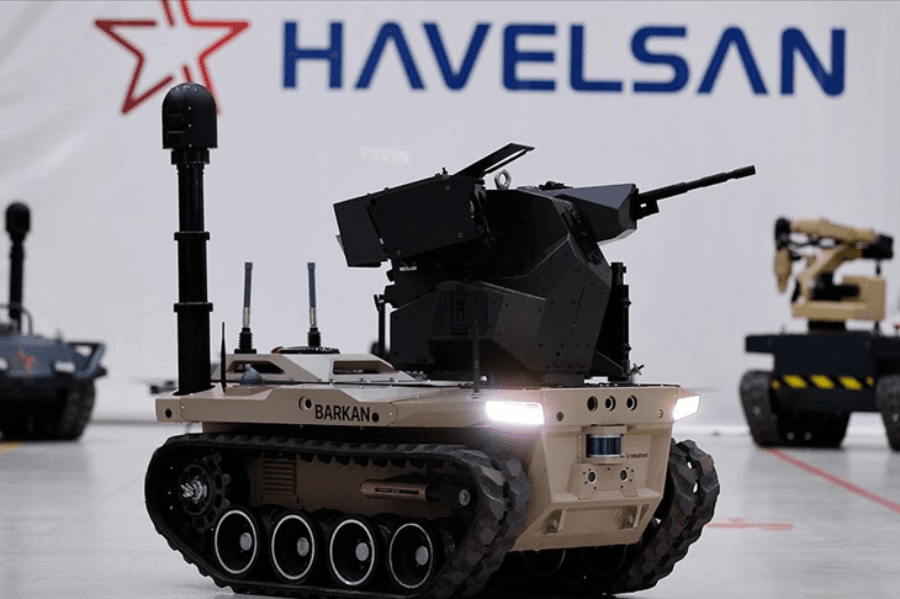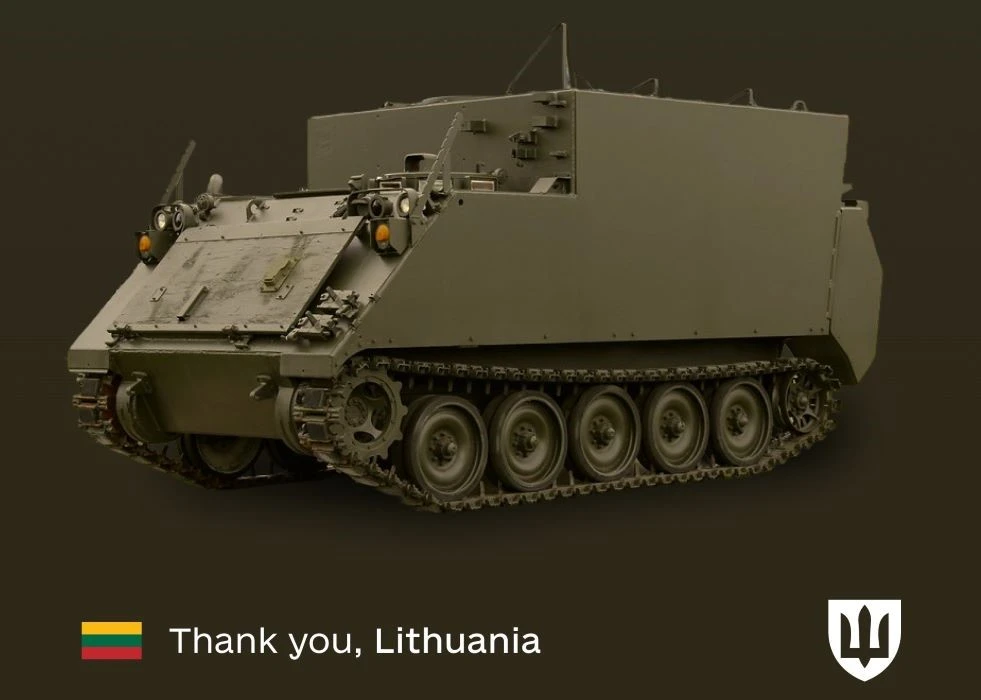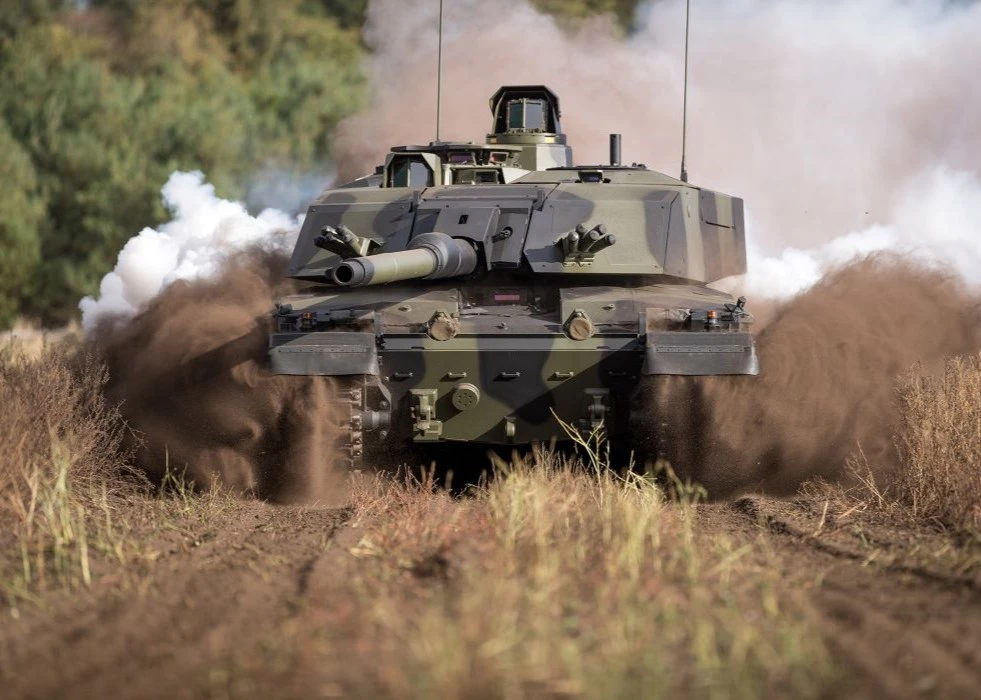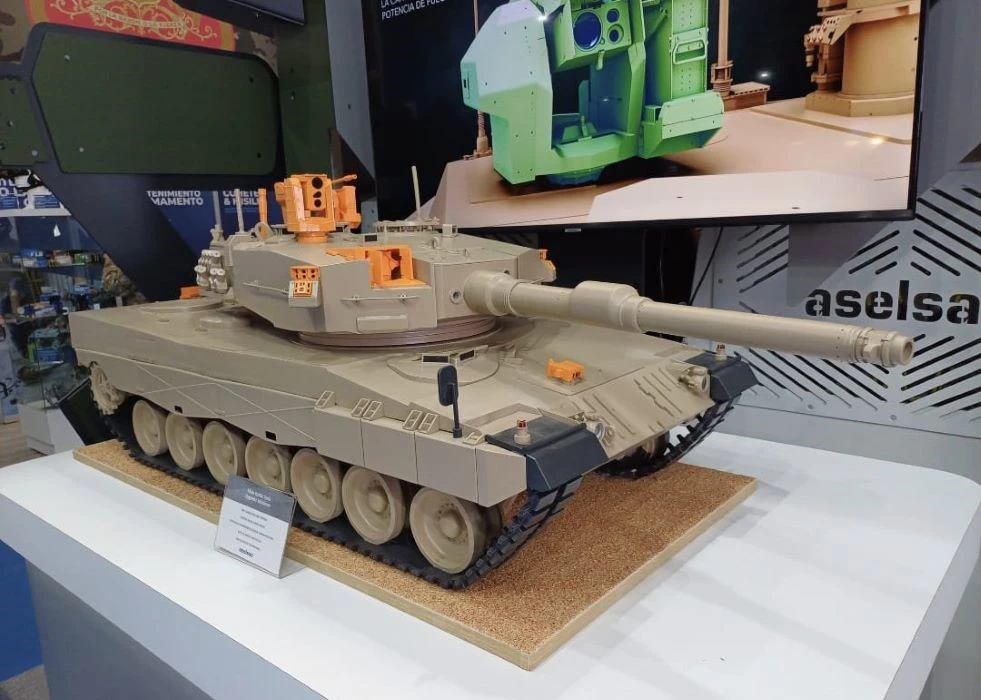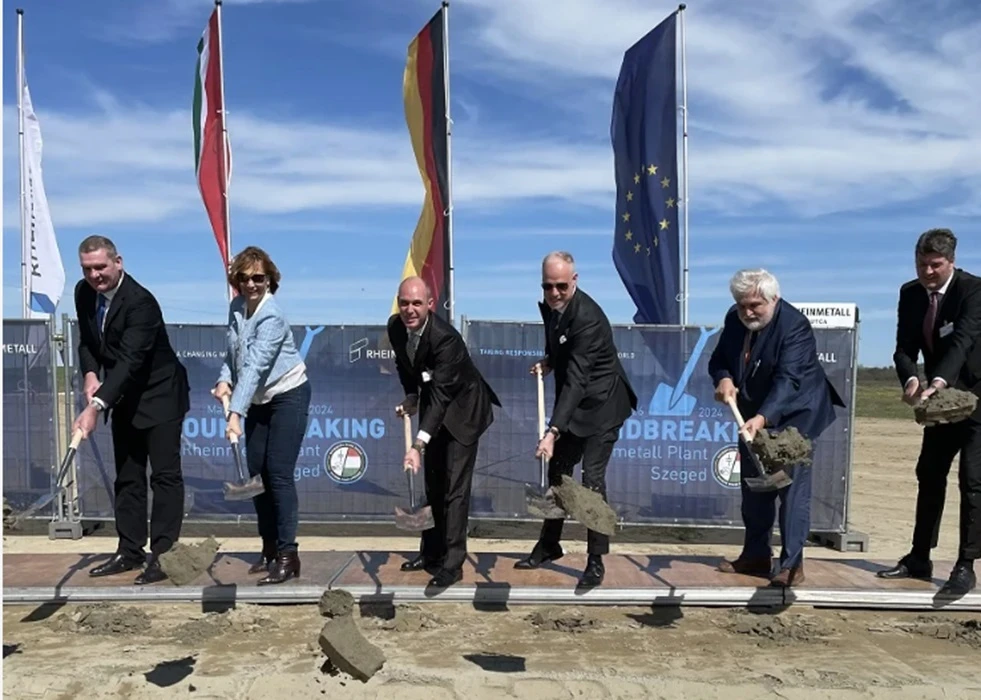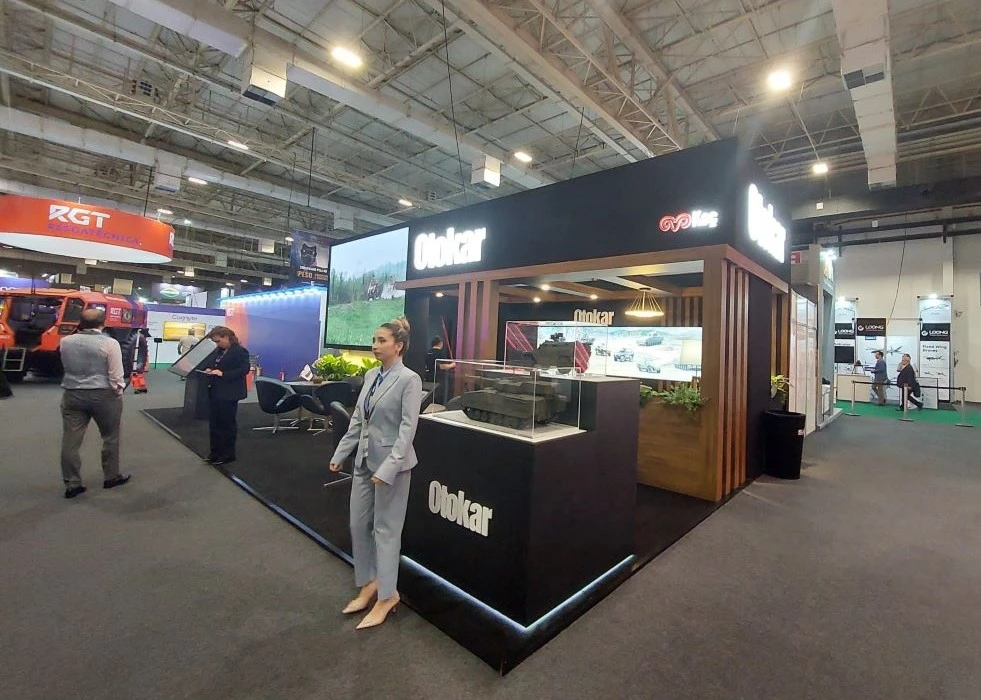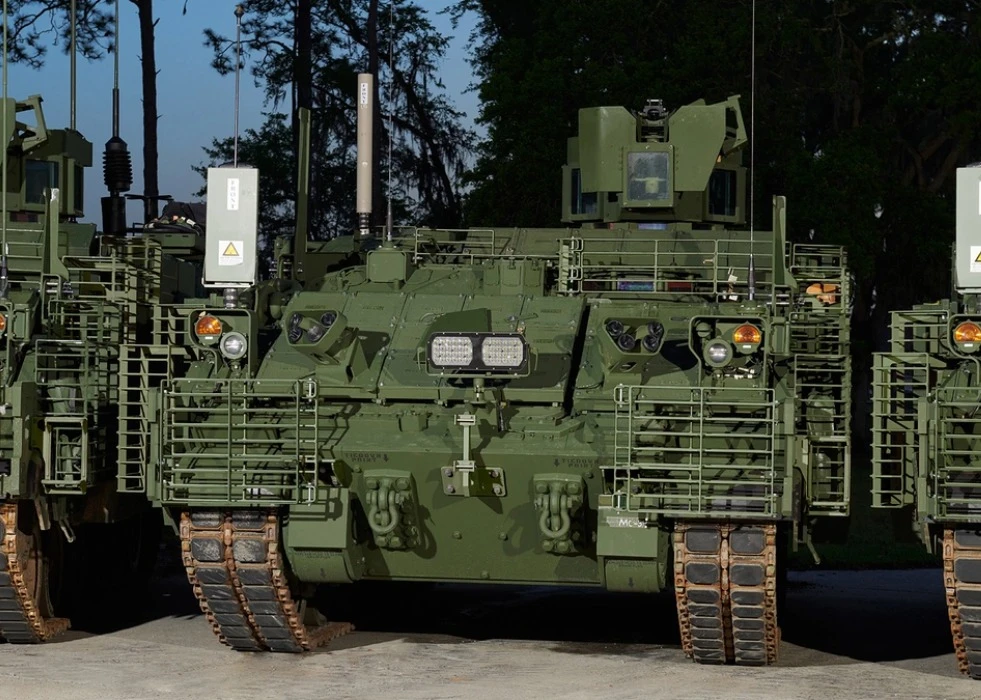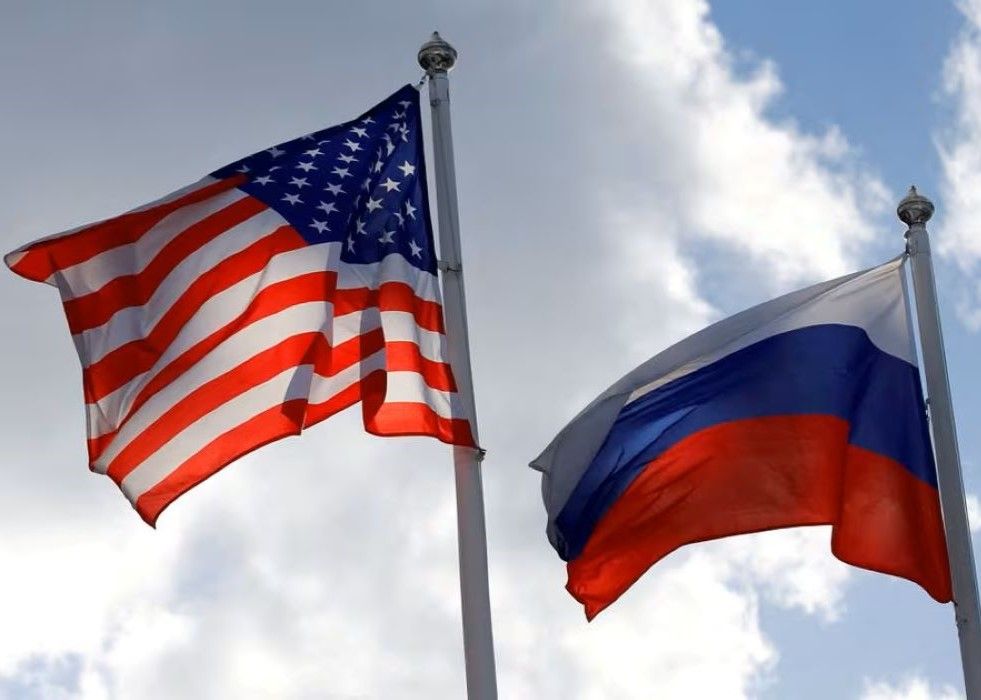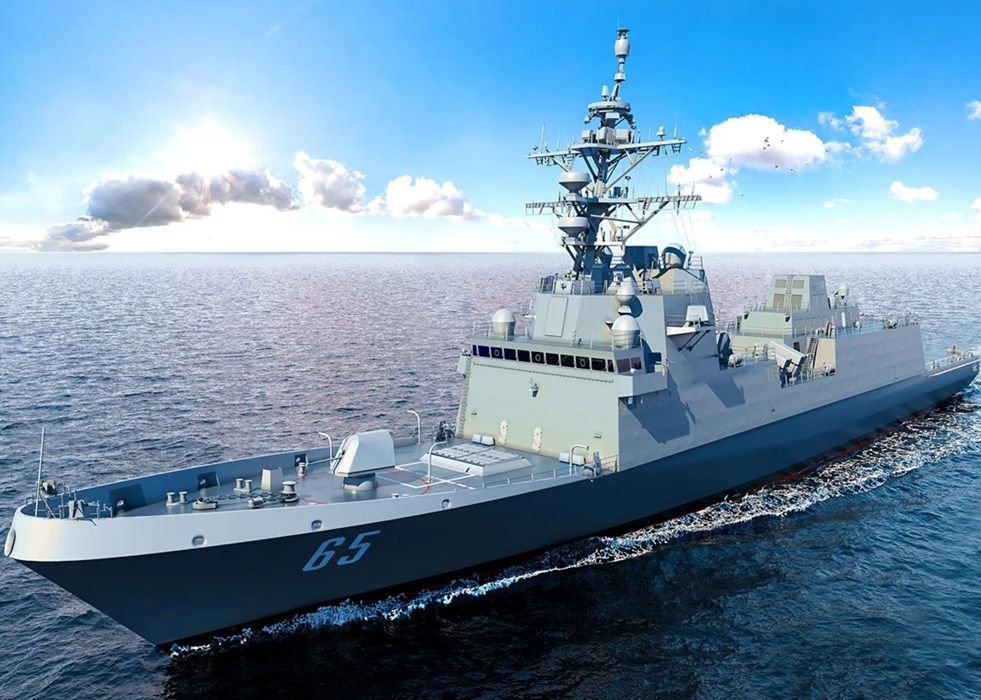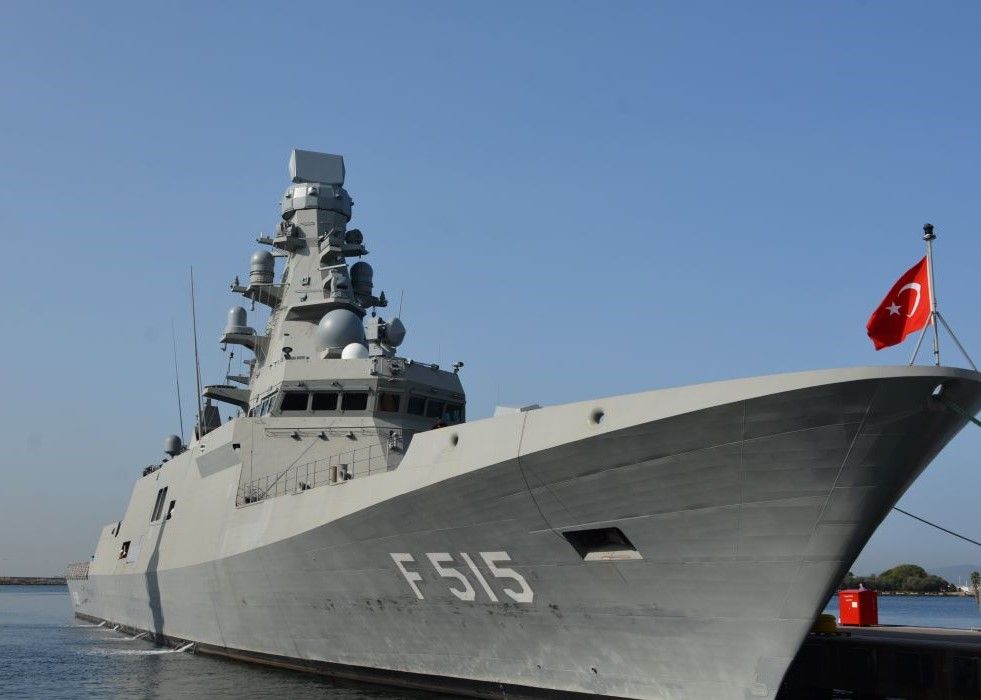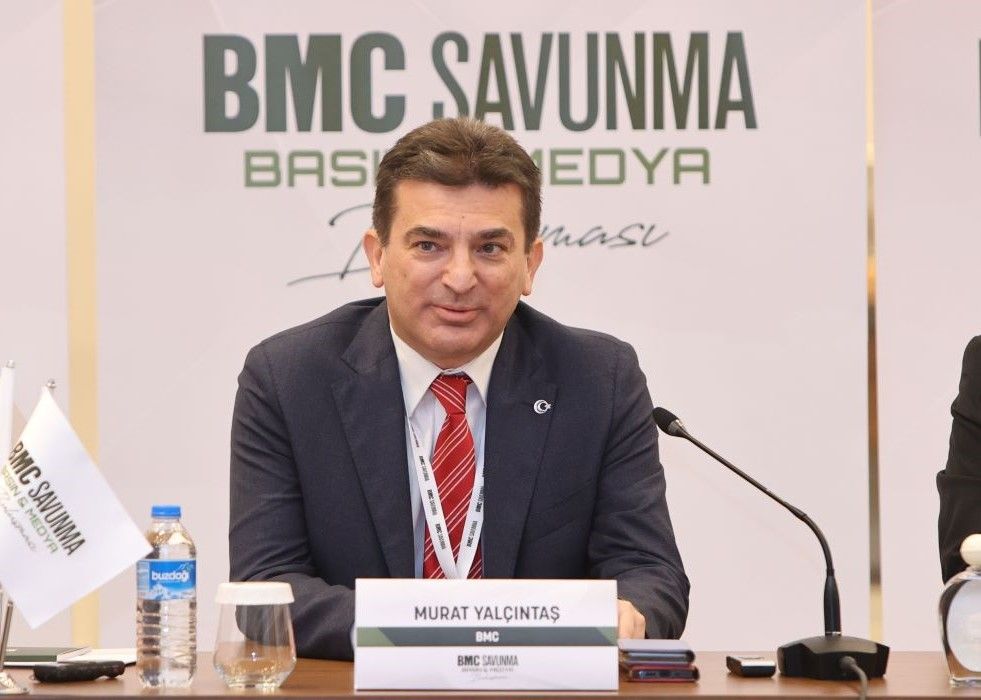HAVELSAN started R&D studies in the field of robotics and autonomous technologies in 2019.
Solmaz stated that they had made significant progress in middle-class unmanned ground vehicles. He underlined that they work for the under-cloud category in unmanned aerial vehicles. HAVELSAN emphasized that they aim to enable these systems to operate jointly. Solmaz said, “Our first goal is to produce a system which will be independent of the platform. Manufacturers can develop different platforms. We want to add intelligence to these platforms to ensure that these platforms work together with the swarm algorithms we have developed. So we want to support joint operations. We want to plan a joint mission between unmanned air and land vehicle. We want to be able to jointly plan the missions with unmanned marine vehicles in the future and to increase the effectiveness of the support or assets of our Turkish Armed Forces and security forces in the field,” he said.

Expressing that they will work jointly with unmanned air and land vehicles, Solmaz said, “Barkan’s can work together with the under-cloud unmanned aerial vehicle called BAHA or with other drones in addition to these, share tasks, and add intelligence to them.”
Solmaz said that there are two prototypes and that Barkan has passed many tests.
Solmaz stated that Barkan has a weight close to 500 kilograms to meet the middle-class first-level category’s technical specification criteria. He indicated that Sarp remote-controlled weapon system is also integrated into the vehicle. Solmaz said, “After Barkan, we will continue our work on autonomous and robotic unmanned land vehicles on heavy class.”

Solmaz explained the project schedule as follows: “The target is to start the field trials in July, August. There will be some modifications to our vehicles according to the feedback from the field. Some improvements may also be necessary. We want to use the elements to support them with their vehicles and perform common tasks in the field.
Pointing out that their ultimate goal is to switch to “digital unity” and contribute to the field’s elements with digital unions, Solmaz said: “We want to increase the capability and competence in digital unity together with autonomous and robotic systems.

